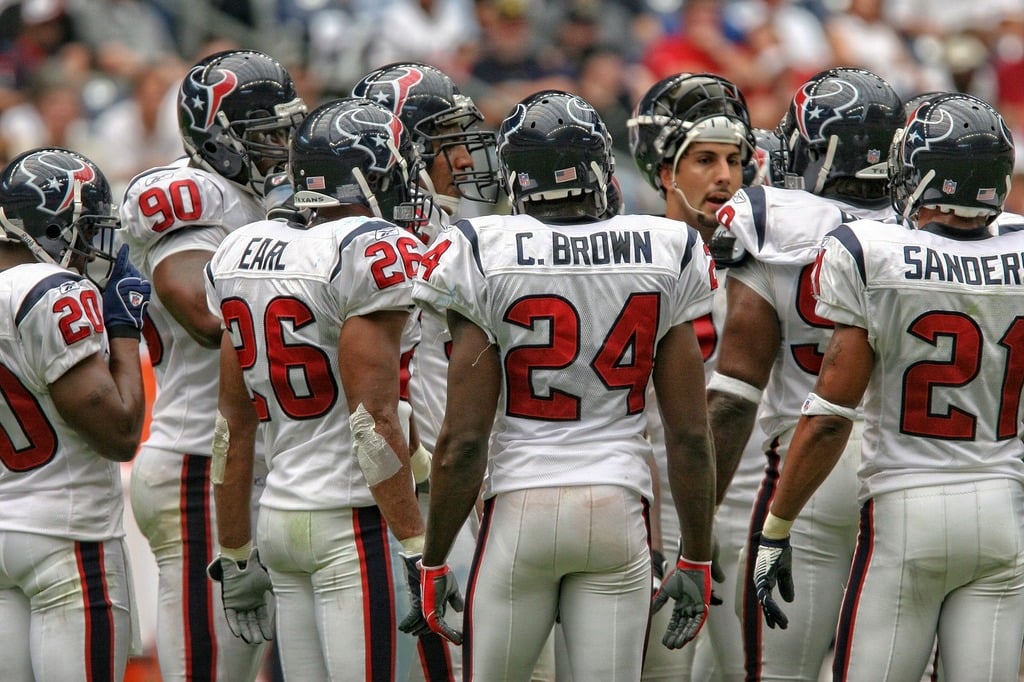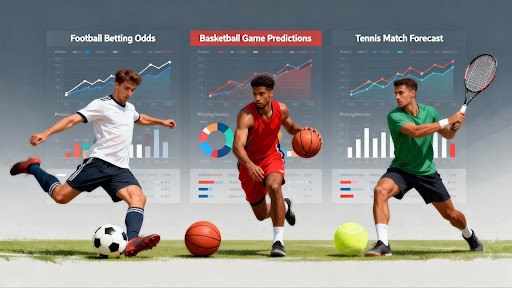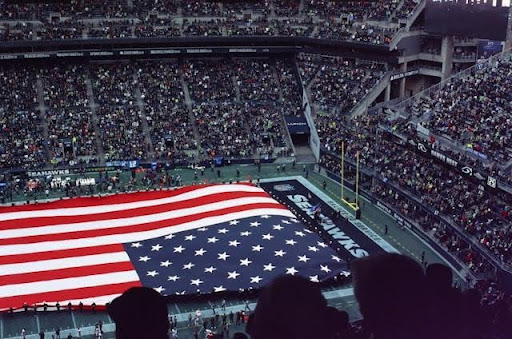Sleepers win pools because they pay twice: they score points when they hit and they separate you from a crowd glued to favorites. In 2025, the edge isn’t about predicting every upset; it’s about finding undervalued teams that the rest of your pool ignores. I’ll show you how to spot those underdogs across common formats and choose contrarian paths without tossing your whole entry into the fire.
Spotting Value in Office Pools
Every pick has two numbers: the true chance of winning and the percentage of entries making that same pick. If a team’s win probability is higher than its pick popularity, you’ve found equity. I start with simple questions: Is the market reacting to a one-week headline? Does the matchup exploit a specific weakness? Is the schedule, travel, or injury news quietly pointing the other way? Add one more filter—recent form that is real (sustainable metrics) versus noise (unsustainably hot shooting, fluky turnovers)—and you’ll uncover sleepers that aren’t long shots, just overlooked.
NFL Confidence and Survivor Angles
Confidence pools reward steady contrarian play. I look for favorites that the room loves but that carry real risk, then drop their confidence points a notch and lift a sturdier, less popular team. Target offensive line continuity, quarterback stability, and defensive pressure rate against shaky pass protection. In Survivor, the goal is longevity, not Week 1 heroics. Fade trendy “auto-picks” when travel, weather, or a trap spot suggests tighter margins. Save elite teams for later weeks with thinner alternatives and use mid-tier home favorites when the field is stampeding elsewhere. Your sleeper here isn’t a Hail Mary; it’s a solid favorite no one is using. One fun way to put these skills to work is by joining an NFL betting contest.
Bracket Math That Beats the Chalk
March brackets are where sleepers become legends, but smart ones come from structure, not wishcasting. Upset risk grows when underdogs take a high volume of threes, force turnovers without fouling, or dominate the glass. I map regions by “path stress”: Does a mid-seed avoid elite rim protection and slow, switch-heavy defenses until the second weekend? A balanced bracket backs one or two undervalued teams to the Elite Eight while staying rational elsewhere. You don’t need 10 upsets; you need one contrarian region that breaks your way while your champion still has a high base rate to win the title.
College Football Pick’em Opportunities
Early-season pools are ripe for sleepers because rating systems take a few weeks to catch up to transfer impact and staff changes. Returning production at quarterback and the offensive line matters most, and special teams volatility swings tighter games. Circle situational edges: altitude plus tempo, long travel with an early local kick, or a sandwich spot before a rival. Grab the road dog with the better explosive play rate against a defense that bleeds chunk gains and you’ll bank points the field wasn’t hunting.
NBA and NHL Playoff Paths With Upside
In both leagues, path beats seeding. NBA sleepers come from matchup geometry: a team that protects the rim and limits corner threes can neutralize a top seed built on dribble penetration. Bench minutes matter more than people think; playoff rotations shrink, so one elite sixth man can flip a series’ non-star minutes. In the NHL, high goaltender variance creates real leverage. A wild-card with elite even-strength expected goal share can topple a higher seed that lives on the power play. If your bracket needs a pivot, choose the team whose style travel well—tight defensive structure, strong neutral-zone play, and a goalie capable of stealing two games. Use basketball-reference.com for all your player data.
Baseball Pools and the Hidden Bullpen Edge
Weekly MLB pools often overrate the starting pitcher line on Monday and underrate bullpen depth by Friday. Track leverage relievers, recent workload, and platoon flexibility. Sleeper teams aren’t the ones with the flashiest ace; they’re the ones that can win close, ugly games because the seventh, eighth, and ninth innings are covered. Add park factors and travel quirks—late-night getaways into day games create soft spots the field rarely prices in. Fangraphs.com is the best resource for player stats.
Leverage With a Seatbelt
Underdogs are tools, not a lifestyle. Size your contrarian moves to your pool. In small pools, keep leverage modest and avoid fading elite chalk unless the matchup screams value. In large pools, you need separation; take a calculated stand in one section of your card or bracket and play the rest straight. Use correlation to your advantage. In brackets, if you elevate a sleeper to a regional final, reduce conflicting upsets in that same path so your story holds together.
Quick Start Checklist
Before you lock picks, run this five-minute process:
- Compare true win odds to pick popularity and circle the biggest gaps.
- Check injuries, travel, rest, weather, and recent minutes or workload.
- Identify one leverage spot to push and one trendy trap to avoid.
- For brackets, sanity-check the path: can your sleeper reach two wins before hitting a stylistic buzzsaw?
- Record your logic so you can learn what worked and cut what didn’t.
The art of sleepers in 2025 isn’t about calling chaos; it’s about picking your battles and backing numbers the crowd ignores. Tilt your card toward one or two undervalued teams, keep everything else disciplined, and you’ll climb leaderboards without praying for miracles. Be contrarian where it counts and boring everywhere else—that’s how underdogs turn into office-pool trophies.




